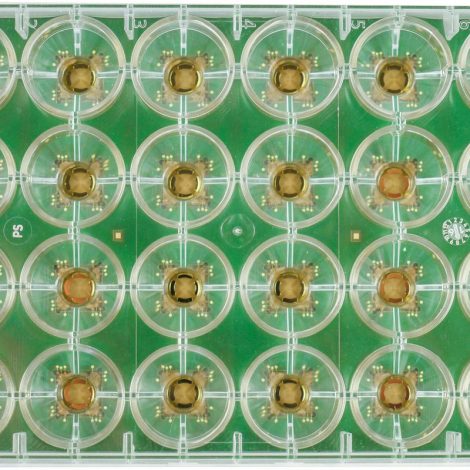Request for Quote
Please fill in as much details as possible and we will take care of your request as soon as possible

High Throughput Microelectrode Arrays
Standard 24- or 96-well plates combined with MEAs including 3 or 12 electrodes per well
Catalog Number: MCS-890850
Request QuotePlease fill in as much details as possible and we will take care of your request as soon as possible
Please fill in as much details as possible and we will take care of your request as soon as possible